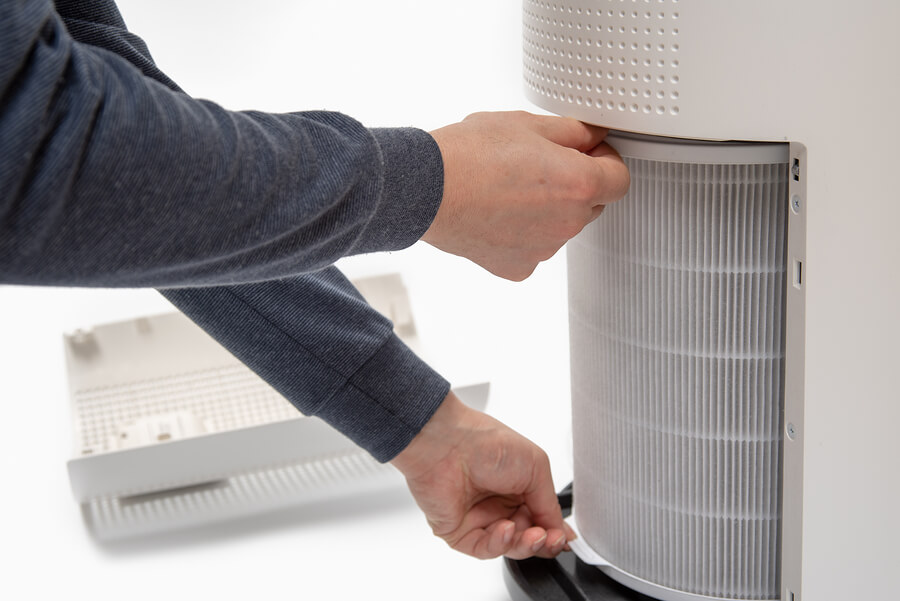
If you currently use or want to buy an air purification system, you might be familiar with activated carbon filters. Given the variety of air purifier filters available, you might be curious about how an activated carbon filter functions or what advantages employing one has.
Don’t let their diminutive size mislead you; these ingenious filters are powerful adversaries of allergies, harsh pollutants, disagreeable tastes, and odors. They use adsorption to trap and remove contaminants, leaving only clean, breathable air for you to breathe.
Here’s a closer look at how activated carbon filters can significantly enhance the quality of your home’s air.
What is an activated carbon filter?
Activated carbon filters are tiny particles of carbon that have been processed to make them exceedingly porous. They are usually available in granular or powdered block form. One gram of activated carbon may have a surface area of 500 m2 or more because it is vast. These carbon filters’ large surface areas allow them to adsorb many times more allergens and pollutants than conventional carbon.
In the unique adsorption process, organic substances in the air or water interact chemically with the activated carbon and adhere to the filter. The amount of impurities activated carbon can absorb depends on its porousness. The most notable use of these filters is to eliminate dangerous substances from residential and commercial air purification systems.
How do filters with activated carbon operate?
Although it sounds sophisticated, a filtering system that uses chemical reactions to purify the air is relatively straightforward. Activated carbon often comes in thick or thin packets for air filtration. It is placed in the central purifying apparatus, such as an air purifier or HEPA air filter.
Air that has been contaminated enters the filtering system, travels through the active carbon, experiences adsorption, and then is purified as it exits the filter. When used with a HEPA filter, activated carbon keeps bigger particles like dust and lint from getting through, enhancing its performance and lengthening its lifespan.
Advantages of activated carbon filters
You can use activated carbon filters in your purifier to remove unwelcome or dangerous particles from your air that could harm your health. With the use of HEPA filters and activated carbon filters, air filtration systems may capture pollutants and known allergens like:
- Dust particles
- Mold spores
- Smoked
- Pet fur
- Typical household chemicals
- The VOCs benzene and others.
Carbon filters can assist in removing undesirable odors to keep the air within your home fresh. In combination, activated carbon and HEPA filters can capture 99.97% of contaminants with a diameter of 0.3 microns or bigger and most larger particles, including spores.
People with allergies or other conditions made worse by unclean air, such as secondhand smoke, may benefit most from activated carbon filters. Adding an activated carbon filter to your air purification system can offer unmatched advantages to your respiratory health if you smoke or live with someone who does.
The Wrap-Up
Any air purification system should include activated carbon filters. You can use them alone or in combination with other filters to drastically lower the number of contaminants in your home or business.
Thomas Bennett
Related posts
Stay connected
Today's pick
- Safety Essentials Every CNC Operator Should Follow DailyCNC machining demands precision, consistency, and discipline—but above all, it requires strict attention to safety. Whether you’re working with mills, lathes, routers, or grinders, every machine has the potential to cause serious injury if mishandled. That’s why CNC operators must follow safety protocols daily, no... The post Safety Essentials Every CNC Operator Should Follow Daily […]
